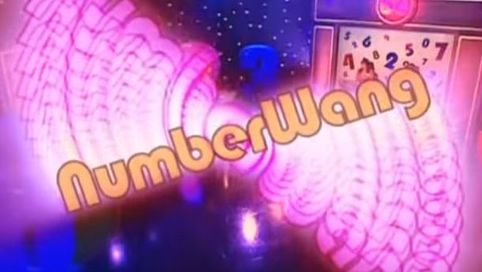|
Have you ever had a student look at you like you're talking in a foreign language during a math lesson? It happens. Sometimes there are gaps in students' prior knowledge. Sometimes students need more time to process a new concept in order to construct and develop their understanding. Sometimes I haven't explained something clearly and I need to think of a new approach to tackle this topic. When I encounter those blank stares, I think, "That's Numberwang." Numberwang is a skit from That Mitchell and Webb Look, a British sketch comedy show from 2006. If you've never seen it, take a two minutes to watch a video of this skit. The premise of the skit is that while the presenter and contestants seem to understand the rules perfectly, they are completely inscrutable to the viewer. We're left scratching our heads in confusion just like our students sometimes do in class. Delve!So what do you do when you sense that students in your class are not getting it? I suggest that you invest some time to uncover your students' thinking. As Guildenstern implores in Tom Stoppard's play Rosencrantz and Guildenstern Are Dead, "Delve. Probe the background, establish the situation." Take the opportunity check in with students to determine their level of understanding. Here are some strategies you might use:
Reflect and RespondOnce you have a better picture of the misunderstandings and misconceptions that may be present in your class, you can plan your next steps. Was there really a misunderstanding or did you make assumptions about prior knowledge that weren't true? Were just a few students struggling or was it a commonly held misconception? Tracy Zager, in her book Becoming the Math Teacher You Wish You'd Had, writes, "If just a few students were confused, she could work with them individually. If there was a really interesting mistake, or patterns among the misunderstandings she saw, she could use those examples as her next teaching opportunity." When I see those "Numberwang" looks I am reminded that even a well planned lesson can sometimes miss the mark. Reflecting on how a lesson went and how I can improve it helps me refine my teaching practice and be more responsive to students' needs. Don't let those "Numberwang" moments go by ignored. Matt Larson, in his August NCTM president's message, wrote "Making mistakes, getting feedback from our colleagues, and making iterative improvement are part of the natural process of continual growth. We should never forget that perseverance isn't just for students—perseverance also applies to us as professionals." EL
|
Categories
All
|

 RSS Feed
RSS Feed